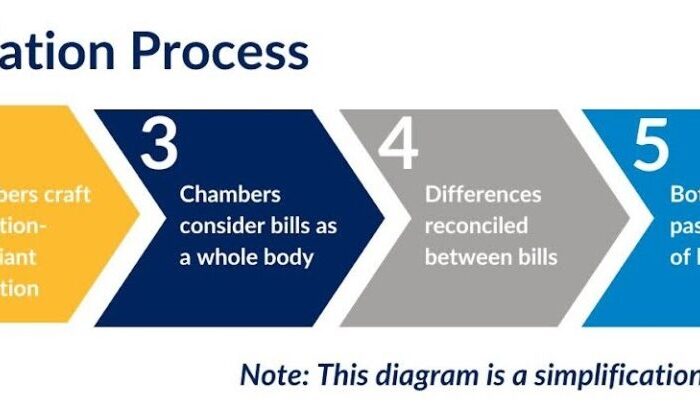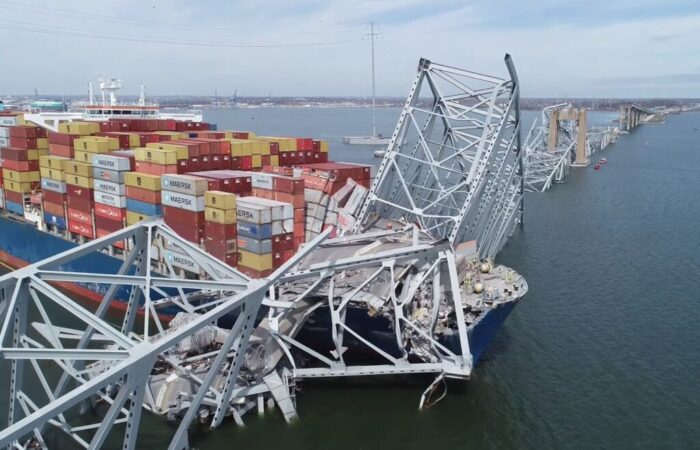Transportation reauthorization webinar series
The upcoming federal transportation reauthorization is an opportunity to shape how billions of dollars will be spent on our transportation infrastructure. Our new policy proposals for the upcoming reauthorization focus on radically updating this program to make it more accountable to taxpayers, helping them achieve



